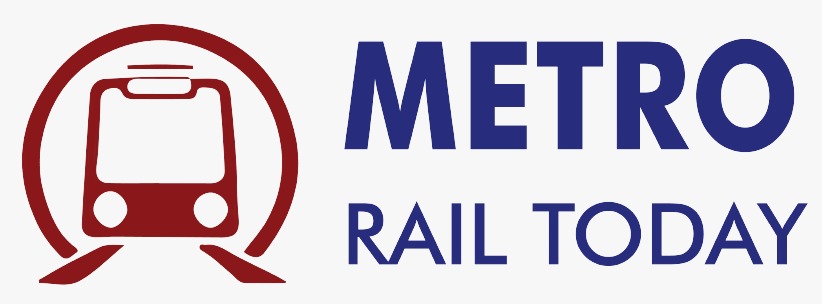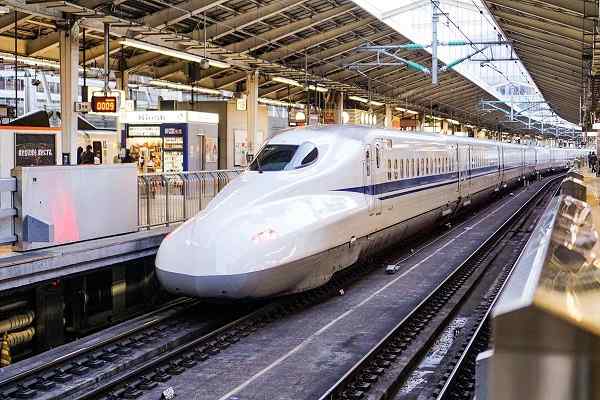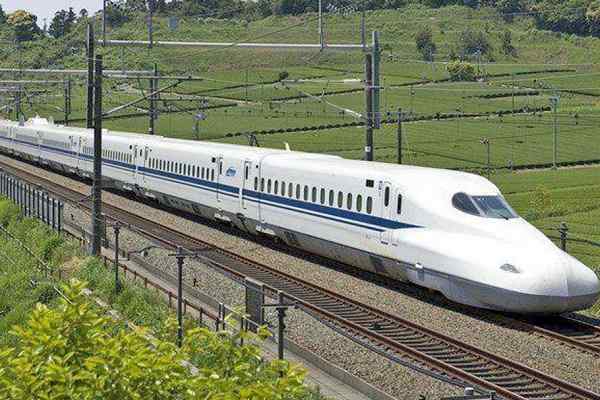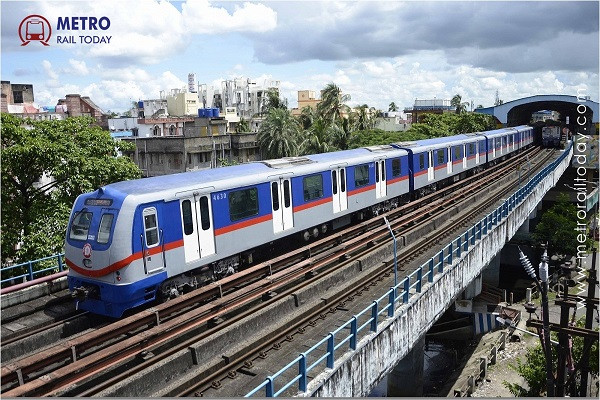 Know latest progress of Kolkata Metro Expansion, 20 km length stuck over land issues
Know latest progress of Kolkata Metro Expansion, 20 km length stuck over land issues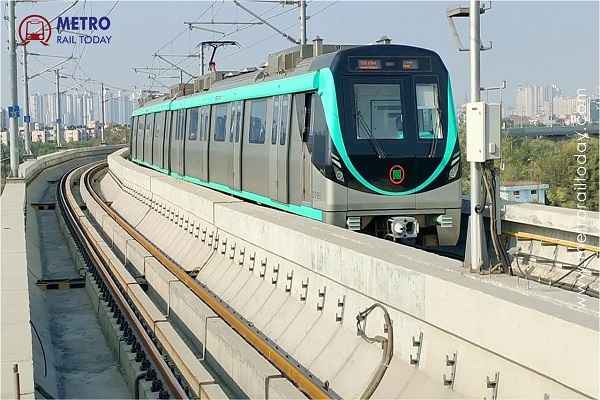 Ayesa India wins Design Consultancy Contract for Noida Metro Aqua Line Extension
Ayesa India wins Design Consultancy Contract for Noida Metro Aqua Line Extension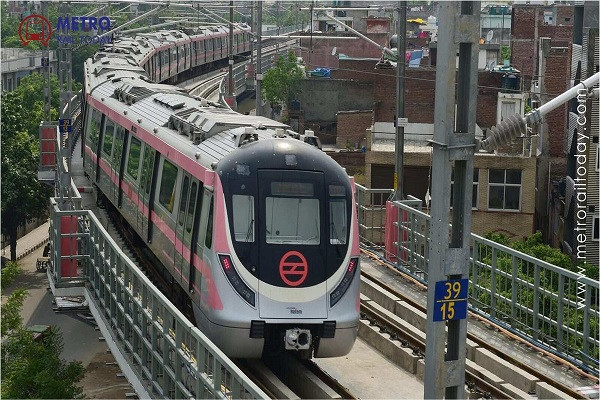 Vossloh Cogifer bags Track Infrastructure Contract for Delhi Metro Phase 4 Corridors
Vossloh Cogifer bags Track Infrastructure Contract for Delhi Metro Phase 4 Corridors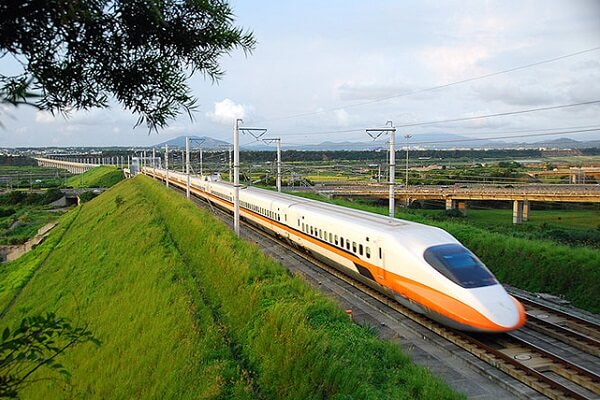 Railway finalised revised alignment for ₹16,000-crore Pune–Nashik Semi High-Speed Rail Corridor
Railway finalised revised alignment for ₹16,000-crore Pune–Nashik Semi High-Speed Rail Corridor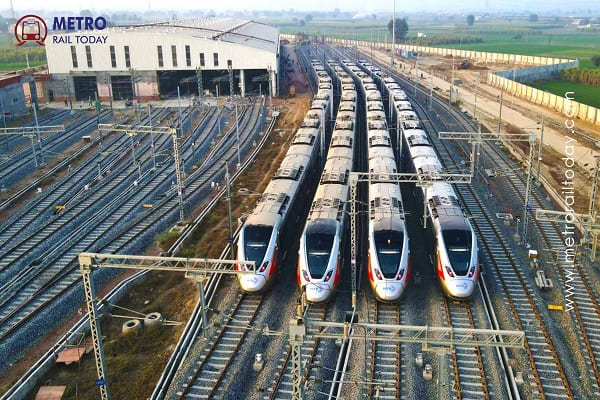 India’s First High-Speed, Signalling-Integrated CMV launched for Namo Bharat RRTS Corridor
India’s First High-Speed, Signalling-Integrated CMV launched for Namo Bharat RRTS Corridor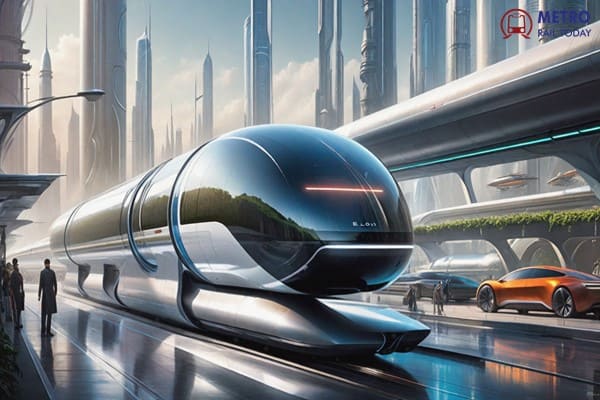 TuTr Hyperloop secures First-Ever Order from Deendayal Port Authority
TuTr Hyperloop secures First-Ever Order from Deendayal Port Authority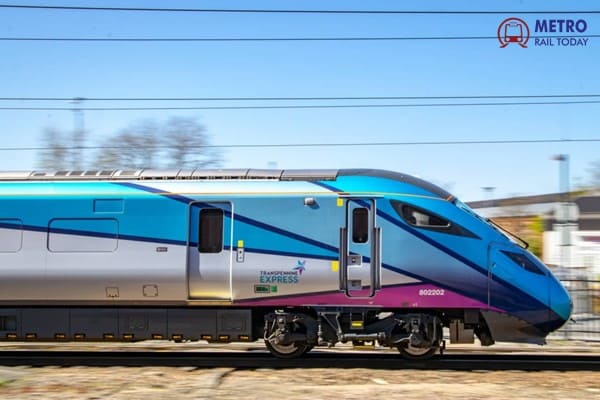 BEML bags ₹157 Crore Order from Loram Rail for Switch Rail Grinding Machines
BEML bags ₹157 Crore Order from Loram Rail for Switch Rail Grinding Machines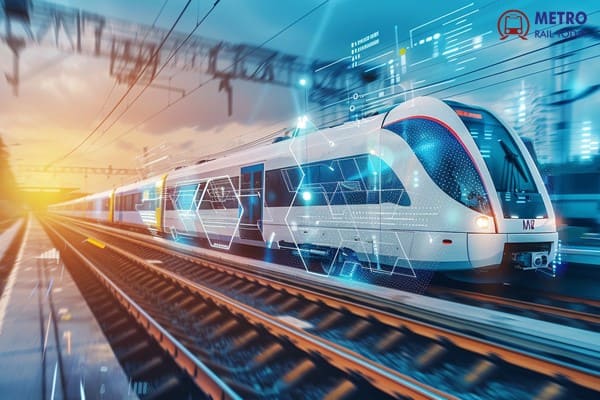 MxV Rail and KRRI forge Global Research Alliance to accelerate Next-Generation Rail Technologies
MxV Rail and KRRI forge Global Research Alliance to accelerate Next-Generation Rail Technologies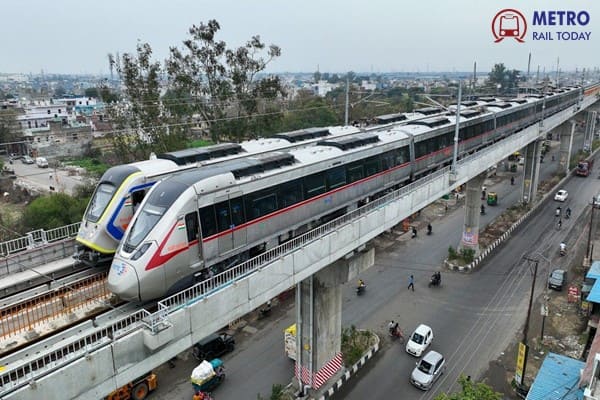 Uttarakhand seeks Pre-Feasibility Study for Meerut-Haridwar-Rishikesh RRTS Corridor
Uttarakhand seeks Pre-Feasibility Study for Meerut-Haridwar-Rishikesh RRTS Corridor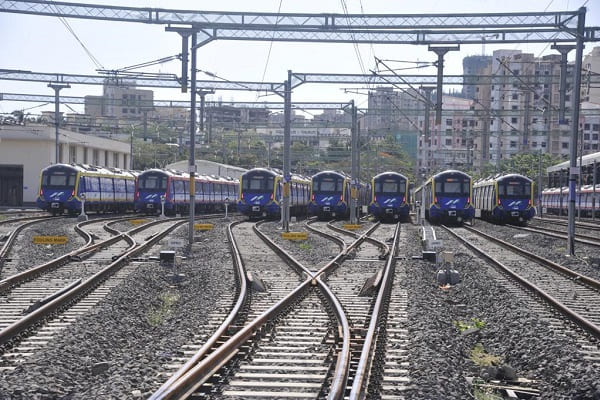 RIFTEK achieves major milestones in partnership with Indian Metro Rail Systems
RIFTEK achieves major milestones in partnership with Indian Metro Rail Systems
The Global Race for Speed: High-Speed Rail as the New Engine of Innovation

How nations are redefining mobility, connectivity, and industrial growth through high-speed rail systems
“High-speed rail is no longer just a mode of transport—it’s a statement of national ambition.”
The 21st century is witnessing a renaissance in high-speed rail (HSR), a domain that blends technological prowess with strategic nation-building. With over 50,000 km of high-speed corridors in operation globally, and many more in development, countries are leveraging HSR to drive economic integration, sustainability, and industrial transformation.
From Tokyo to Tangier: A Six-Decade Journey
Modern high-speed rail was born in 1964, when Japan’s Shinkansen changed the way the world thought about trains. With operational speeds of 210 km/h, the Tōkaidō line between Tokyo and Osaka marked a monumental leap in mobility.
Europe followed closely behind. By the 1980s, France’s TGV had set new benchmarks for rail speed and safety. In 2007, the TGV POS set a world speed record of 574.8 km/h—a symbolic triumph of engineering, even as commercial operations typically max out around 320 km/h.
By 2000, Europe led in terms of network length, but a new global leader was emerging.
China’s High-Speed Revolution
China’s entry into the HSR club wasn’t just incremental—it was explosive. From 4,500 km in 2010, China’s HSR network skyrocketed to over 36,000 km by 2023, accounting for 72% of the world’s high-speed rail lines operating above 250 km/h.
Today, China’s CR400 “Fuxing” trains operate at 350 km/h, with the new CR450 platform expected to hit 400 km/h in commercial service. This technological escalation isn't just symbolic—China exports HSR technology to countries like Indonesia and is influencing the next generation of train development worldwide.
Global Momentum: Who’s Building What
The expansion of HSR is no longer limited to traditional rail powers. New players are entering the field with ambitious projects:
| Country | Key Project | Speed (km/h) | Status |
|---|---|---|---|
| India | Mumbai-Ahmedabad Bullet Train | 320 | Under construction |
| Egypt | Cairo-Alexandria High-Speed Corridor | 250+ | Contracted |
| Türkiye | Network Expansion to Eastern Provinces | 250 | Operational & expanding |
| Uzbekistan | Tashkent–Andijan Line | 250 | Under planning |
| UAE, Vietnam, Israel | HSR Projects in Feasibility Stage | 300+ | Proposed |
HSR is now a strategic investment, with countries linking its development to decarbonization goals, economic decentralization, and urban expansion.
Rolling Stock: The Evolution of High-Speed Trains
Modern HSR trains are marvels of industrial design, materials science, and digital engineering. The weight-to-speed ratio is improving drastically, with lighter materials (aluminium alloys, composites) enabling faster acceleration, lower energy use, and better ride quality.
Here’s a snapshot of the most advanced train platforms:
| Train | Manufacturer | Max Speed (km/h) | Country |
|---|---|---|---|
| CR450AF | CRRC | 400 (design) | China |
| E10 | Hitachi & Kawasaki | 320 | Japan (expected 2030) |
| Velaro Novo | Siemens Mobility | 360 | Germany (in development) |
| Avril | Talgo | 330 | Spain |
| EMU320 | Hyundai Rotem | 320 | South Korea |
“Speed is only part of the story. Today’s high-speed trains are defined by energy efficiency, digital systems, and integration into smart transport ecosystems.”
Lessons from Europe: Interoperability and Open Markets
Europe has pioneered transnational HSR operations, such as Eurostar and Thalys. Open-access models have introduced competition among private and public operators. In France, double-deck TGV Duplex trains maximize capacity; in Germany, ICE trains run on mixed high-speed and conventional tracks to optimize connectivity.
This flexibility in operations and modular infrastructure strategy provides a roadmap for emerging HSR countries with complex geographies—like India and Türkiye.
Challenges and Cautions
While HSR is transformative, it is also capital-intensive and politically complex. Countries like China and Japan have shown how state-backed ecosystems can ensure long-term success. However, others face challenges like:
-
High upfront investment
-
Technical standardization
-
Land acquisition and alignment conflicts
-
Balancing freight and passenger priorities
Case in point: The CRH Harmony trains in China, despite being operational since 2010, faced reliability concerns that resulted in a speed downgrade from 350 km/h to 300 km/h after a fatal accident in 2011.
Looking Ahead: 400+ km/h and Beyond
With the unveiling of the CR450, China is attempting to set a new benchmark for commercial HSR speed. Meanwhile, Russia, India, and South Korea are developing their own platforms for next-generation high-speed trains.
Importantly, countries using 1,520 mm broad gauge (like Russia, India, Uzbekistan) are developing customized solutions that could open up a new axis of HSR development outside the 1,435 mm standard gauge world.
High-Speed Rail as a Nation-Building Tool
The history of HSR tells a clear story—technology follows policy. From Japan to China, from France to Türkiye, the most successful projects have been state-supported, vision-aligned, and industry-driven.
“High-speed rail is not just about moving people faster—it’s about shaping economies, industries, and identities.”
As India gears up to launch its first bullet train, and as more countries prepare to join the HSR league, one thing is clear: the future of high-speed mobility is global, green, and gathering speed.
